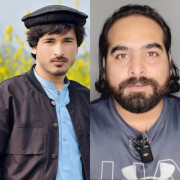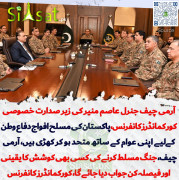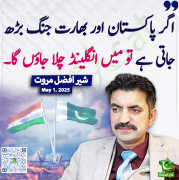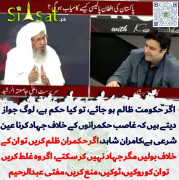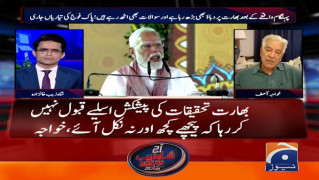foqia khan
MPA (400+ posts)

India's first Masjid is believed to be built in 628 AD at the behest of legendary ruler Cheraman Perumal, who died in Arabia after embracing Islam.
Legend has it that before he died, Cheraman Perumal sent an emissary to Kodungalloor to seek the help of his descendant there to propagate Islam along the Kerala coast.
The original Hindu architectural scheme of the mosque has been retained intact to a great extent, though essential additions have been made over the years.
Situated at the northern end of the Periyar River, about 50 km from Kochi, Kodungaloor has been the gateway for Christianity, Judaism and Islam in India.
More Description:
-----------------
More important is the fact that this is the world’s second oldest Juma mosque, where the Juma (Friday) prayers have been held for the last 1375 years, since the days of Prophet Mohammed (570-634 A.D.). The first Juma mosque in the world is the Prophet’s Mosque in Madinah, which is also his memorial tomb.
Kodungaloor was the capital of the kings of Kerala, and in 622-628 A.D. (Hijra 1 to 7) the ruler was a great savant, by name Cheraman Perumal Bhaskara Ravi Varma. In those days, the seniormost of the rulers of Kerala was called as Cheraman Perumal.
Why did the Perumal convert himself into a follower of Prophet Mohammed(pbuh)? M. Hamiddullah writes in Mohammad Rasoolullah, quoting some old manuscripts from India Office Library (ref no. Arabic, 2607, 152-173) Vol.16 (06): “There is a very old tradition in Malabar, southwest Coast of India that Chakrawati Farmas (perhaps another name for denoting Cheraman Perumal) one of their kings, had observed splitting of the moon, the celebrated miracle of the Holy Prophet(pbuh) at Makkah, and learning on inquiry that this was a symbol of the coming of a Messenger of God from Arabia, he appointed his nephew regent and set out to meet him. The love for Holy Prophet (s.a.w)grew in his heart and he became the earliest Muslim convert of present day India.”
This ‘Moon Splitting’ is also mentioned in the hadith. As per narrations of Abdullah bin Masud: “During the lifetime of the Prophet(s.a.w), the moon was split into two parts and on that the Prophet (pbuh)said, ‘Bear witness (to thus).’” (Translation of Sahih Bukhari, Virtues and Merits of the Prophet(saw) and his Companions, Volume 4, Book 56, Number 830)
To continue with the words of Hamidullah, Cheraman Perumal embraced Islam at the hand of Prophet(s.a.w). A tradition of the Holy Prophet(s.a.w) has also been reported from one of the companions, Abu Saeed Al Khudri, regarding the arrival of Cheraman Perumal “a king from India presented the Messenger of God with a bottle of pickle that had ginger in it. The Holy Prophet(s.a.w) distributed it among his companions. I also received a piece to eat.”
It is said that, after conversion, the Perumal took the name of Tajuddin, while other chroniclers say that he called himself as Abdullah Samudri, in remembrance of his past. He married the sister of the then king of Jeddah and settled down there. He handed over to the king of Jeddah several letters addressed to the ruler of Kodungaloor (then known as Muzuris), seeking his help to propagate the tenets of Islam.
Later, unfortunately, when returning to Kerala, on directives of the Prophet, Tajuddin died at the port of Zafar, Yemen, where the tomb of the ‘Indian king’ was piously visited for many centuries. But he had asked his companions, among whom there were a number of senior disciples of Prophet Mohammad(s.a.w), to continue their journey to Kerala.
One Islamic scholar has written that Perumal’s followers built the mosque after reaching Kerala. “The Cheraman Juma Masjid was built by Malik bin Dinar, (one of the 13 followers of Prophet Mohammad(s.a.w)), who reached the ancient port of Musuris on the spice route in Malabar in 629 A.D.
http://tourism.webindia123.com/tourism/ ... at=Mosques
Last edited:



